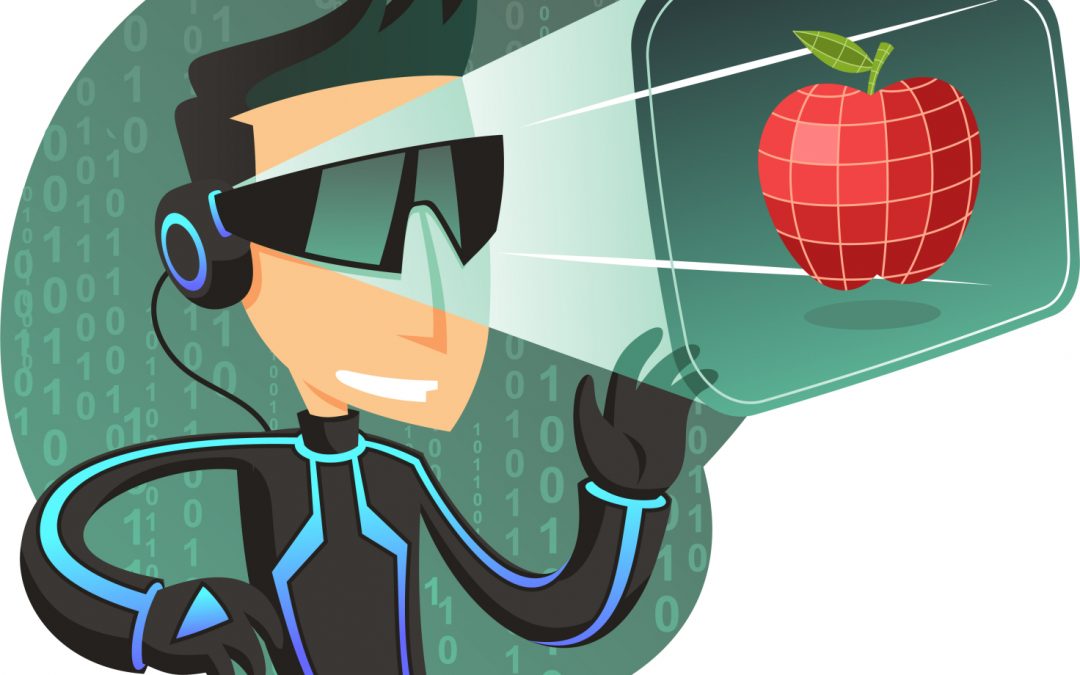Source: Techcrunch
There is a world of enormous educational potential with video games. Highly acclaimed simulation and tutorial games such as SimCity and Math Blaster have been continuously employed in elementary schools across the country, but the most common software used in education today is the web, word processors and spreadsheets.
Recent research from consulting firm McKinsey & Company shows that an astounding 60 percent of surveyed teachers still “lack the digital instructional resources they need.”
With the dawn of virtual reality, we are in the midst of a massive paradigm shift in how educators will perceive and incorporate video gaming experiences. Video games tend to be simulations of the real world, but given the development costs associated with quality 3D games, the range of experiences available to educators has been limited to profitable genres.
Quality educational experiences are not available with the depth of content that one might find on a video platform such as YouTube. This is all about to change with VR. There is an educational revolution waiting to happen, and captivating, deeply engaging immersive experiences will be at the heart of it all.
One can glean early signs of the educational experiences we will see in VR from user-generated content platforms. These platforms support immersive experiences that go beyond games. TakeMinecraftEdu for example, which allows students to explore the Great Pyramids of Giza, understand basic electrical engineering principles and more, all in an imaginative, three-dimensional environment.
VR has long been heralded as a potential influential tool in academia.
On our platform, content creators can build an experience that shows students how birds survive in their ecosystem (Bird Simulator), or how complex it is to manage a restaurant (Work at a Pizza Place). And hundreds of academic institutions are using Second Life to give students the opportunity to visit simulations of universities, head to historically inspired landmarks or play in educational sandboxes.
These UGC experiences are immersive, but confined to the small screen. As we leap to VR, the level of immersion is much greater. Experiencing a game in VR brings the game world to life in a way that can be compared to going to Disneyland rather than watching movies about Disneyland. Players are finally “in” the game, surrounded by life-sized characters. Objects in the game are bigger and closer and feel as if they are within reach.

